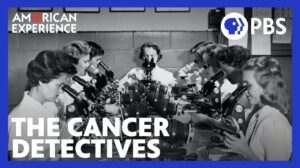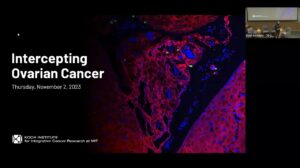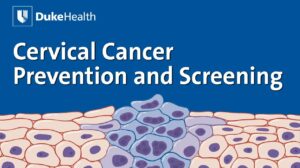NEW YORK (Reuters Health) – An analysis of epidemiologic data confirms that the incidence of second primary malignancies is increased after external beam radiotherapy (EBRT) for stage I testicular seminoma.
“The risk of EBRT-associated SPM (second primary malignancy) persists for years after the initial seminoma diagnosis, and patients should be informed about these long-term risks,” advise the authors of the report in BJU International online August 29.
They explain that adjuvant EBRT after orchiectomy has been the standard of care until recently for patients with clinical stage I seminoma, even though EBRT confers long-term risks of second primary cancers and only 20% of patients will relapse without radiation therapy.
To quantify the risk of second malignancies in this setting, Dr. Dan Lewinshtein, with the Virginia Mason Medical Center in Seattle, Washington, and colleagues examined data from the National Cancer Institute’s Surveillance, Epidemiology and End Results (SEER) database.
The team identified 5994 patients who were diagnosed and treated in the USA with clinical stage I seminoma between 1973 and 2000. Most (79%) were exposed to EBRT as part of their initial treatment.
Compared to the general population, the incidence of all solid and blood-based malignancies, excluding secondary testicular cancer, was 19% higher among the patients exposed to EBRT, i.e., the observed-to-expected (O/E) ratio was 1.19, the team found. On the other hand, there was a nonsignificant decrease in cancer incidence among those not exposed to EBRT (O/E, 0.81).
Specifically, the exposed group was at significantly increased risk for thyroid cancer (O/E, 2.32), pancreatic cancer (O/E, 2.38), non-bladder urothelial malignancies (O/E, 4.27), bladder cancer (O/E, 1.47), and all hematological malignancies (O/E, 1.44), according to the report.
Moreover, when stratified for time, patients exposed to EBRT had a significant and persistently elevated risk of second malignancies extending beyond 15 years from the time of the initial seminoma diagnosis, Dr. Lewinshtein and colleagues report.
In discussing the results, they point out that EBRT continues to be used in the US for seminoma, despite numerous reports that survival is equivalent with active surveillance or EBRT.
“Given the long-term toxicity profile of EBRT, surveillance should be strongly considered in men with clinical stage I seminoma,” the authors suggest, “and men who have already received adjuvant EBRT should be counselled about the risks of SPMs.”
BJU Int 2011




